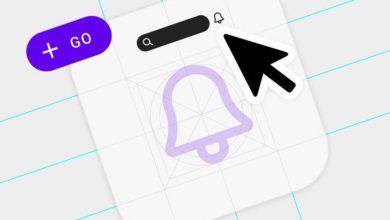Emotional Design and Branding: Forming Deep Connections with Users

Emotional Design and Branding: Forming Deep Connections with Users
Why Emotional Design and Branding Matter?
Emotional design and branding are critical aspects of creating a successful user experience (UX) and establishing a strong connection with users. When users feel emotionally connected to a brand, they are more likely to engage, trust, and remain loyal. Emotional design goes beyond aesthetics and focuses on evoking emotions through various elements, such as color, typography, imagery, and even microinteractions.
Benefits of Emotional Design and Branding
1. Building Trust: Emotional design allows brands to establish trust with users by creating a positive and memorable experience. When users feel an emotional connection, they are more likely to trust a brand and its products or services.
2. Increasing User Engagement: Brands that evoke positive emotions are more likely to capture user attention and engagement. Emotional design can make users feel excited, interested, or intrigued by a brand, thereby increasing their likelihood of exploring it further.
3. Fostering Brand Loyalty: Emotional branding creates long-term relationships with users. When a brand successfully creates an emotional connection, users are more likely to become loyal advocates and recommend it to others.
How to Create Emotional Design and Branding?
Effective emotional design and branding require careful consideration and planning. Here are a few steps to follow:
1. Understand Your Target Audience
To successfully create an emotional connection, brands must understand their target audience’s needs, desires, fears, and aspirations. Conduct user research to gain insights into their emotions, preferences, and behaviors.
2. Define Your Brand Personality
Determine the personality traits and values that align with your brand. This helps in selecting appropriate visual elements, tone of voice, and overall brand messaging that resonate with your target audience’s emotions.
3. Use Color Psychology
Colors have a significant impact on emotions. Choose colors that evoke the desired emotional response from your users. For example, blue can create a sense of calm and trust, while orange may create feelings of energy and excitement.
4. Incorporate Storytelling
Narrative-driven storytelling can help users connect with a brand on a deeper emotional level. Develop a brand story that highlights your mission, values, and the impact your products or services have on users’ lives.
5. Pay Attention to User Interface (UI)
The user interface plays a vital role in evoking emotions. Ensure your website or application design is intuitive, visually appealing, and reflects the emotions you want users to experience.
FAQs about Emotional Design and Branding
Q1. Can emotional design work for all types of businesses?
Yes, emotional design can be implemented in various industries and businesses. Regardless of products or services, emotional connections can be forged to enhance the user experience.
Q2. How can emotional design help improve conversions?
When users develop an emotional connection with a brand, they are more likely to convert into customers. Emotional design can create an enjoyable experience, remove barriers, and build trust, leading to higher conversion rates.
Q3. How can I measure the effectiveness of emotional design and branding?
You can measure the effectiveness of emotional design and branding through user surveys, feedback, and analyzing key metrics such as user engagement, conversion rates, and brand loyalty.
Q4. Is emotional design the same as branding?
No, emotional design is a subset of branding. Branding encompasses the overall process of establishing a brand’s identity, positioning, and messaging, while emotional design specifically focuses on creating emotional connections through design elements.
In conclusion, emotional design and branding play a crucial role in forming deep connections with users. By understanding their emotions, incorporating storytelling, and utilizing color psychology, brands can create memorable experiences that foster trust, engagement, and loyalty. Implementing emotional design strategies can lead to improved user experiences and ultimately drive business success.



